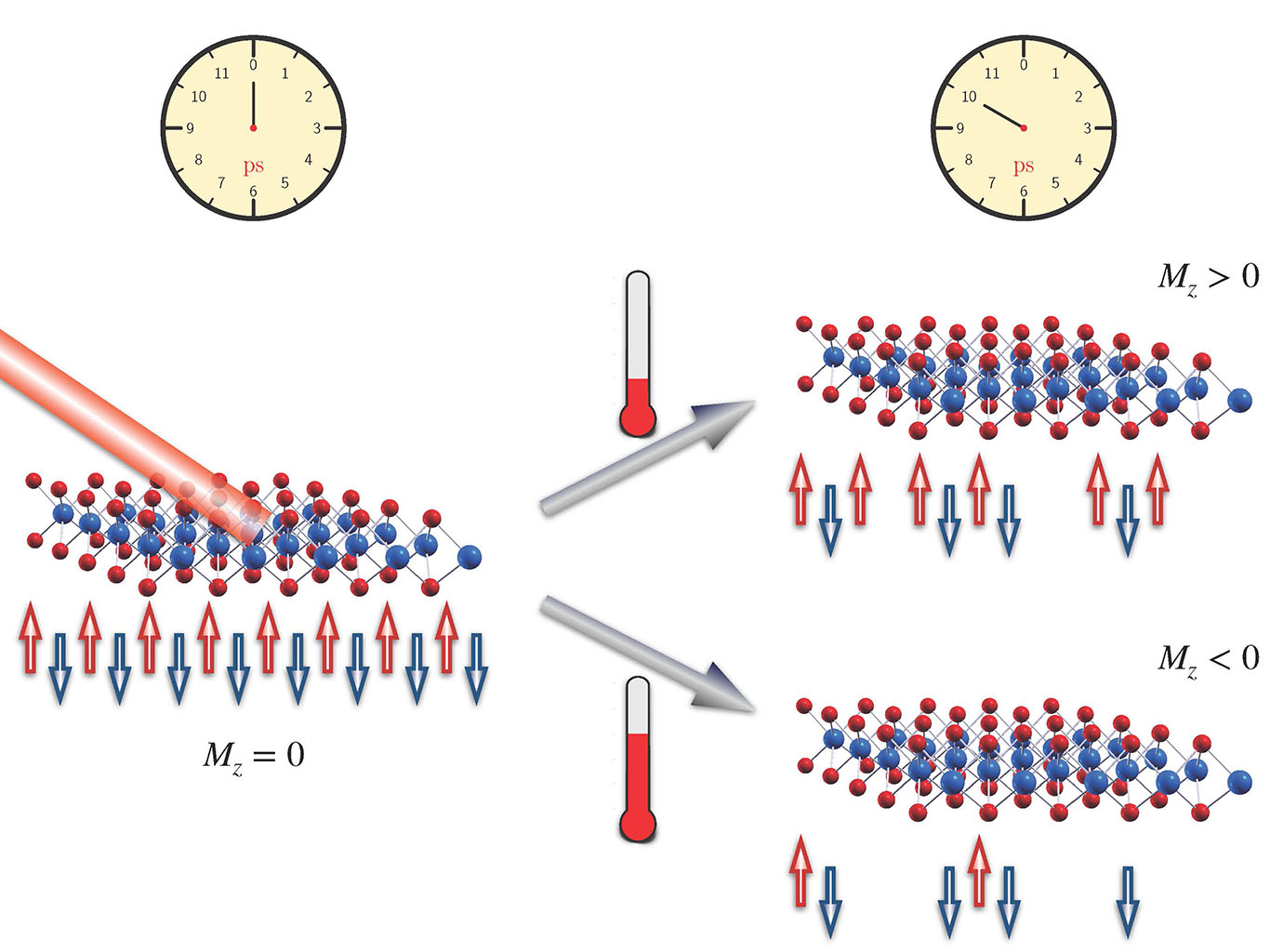A study recently published on Nano Letters has revealed interesting properties of monolayer molybdenum diselenide (MoSe2), which can open up to spintronic applications of this nanomaterial. A sample with a low concentration of dopants and many crystal defects has shown spin lifetimes of 100ns at room temperature and spin polarization reversal over 60K. Dr Zeila Zanolli, Ramon y Cajal researcher at the ICN2 Theory and Simulation Group, has played a fundamental role in the theoretical interpretation of these results.

Monolayers of certain materials, named transition metal dichalcogenides (TMDs), are bidimensional semiconductors presenting direct band gap and strong spin orbit splitting, both characteristics that make them particularly useful for spintronic applications. In order to exploit the technological potential of these materials, though, a long spin lifetime at room temperature is required.
While lifetimes in the µs range have been observed in the past at cryogenic temperatures, this is the first time that a value as long as 100ns is reached at room temperature. In this study – conducted by researchers at the University of Liège (Belgium), the Aachen University (Germany), the Peter Gruenberg Institute (Germany), and the ICN2 – various samples of exfoliated monolayer MoSe2 have been compared. The results, just published in Nano Letters, have demonstrated that samples with low concentration of dopants and many crystal defects exhibit spin coherence at room temperature for up to 100ns.
Besides this extraordinary long room temperature lifetimes, a very unexpected behaviour was observed: the sign of the spin magnetization switches at 60K and stays the same at higher temperatures. Dr. Zeila Zanolli, Ramon y Cajal fellow from the ICN2 Theory and Simulation Group, in collaboration with Dr. Pedro Miguel M. C. de Melo and Prof. Matthieu J. Verstraete, from the University of Liège, developed a theoretical model, which explains this observation in terms of variations of the dynamics of the careers in the conduction and valence bands of the material at different temperatures.
Real time calculations were performed using the Yambo code and the Quantum Espresso suite, two flagship codes of the European Centre of Excellence for Materials Design at the Exascale (MaX), of which the Theory & Simulation group a member. These simulations based on a first principles theoretical model – which means that it relies on established laws of nature without additional assumptions or specific parameters – have revealed a striking agreement with the experimental results, proving the reliability of the interpretation.
Image: Graphic representation of a sample of monolayer molybdenum diselenide (MoSe2), hit with a light laser beam (left side). Thanks to the large spin-orbit splitting of this material, it is possible to use light to excite selectively either spin-up or spin-down electrons and thus to inject charge careers carriers in a specific position of the band structure. A spin polarization reversal has been observed over 60K (right side). [Credit: Pedro Miguel M. C. de Melo (University of Liège)]
Article reference:
Manfred Ersfeld, Frank Volmer, Pedro Miguel M. C. de Melo, Robin de Winter, Maximilian Heithoff, Zeila Zanolli, Christoph Stampfer, Matthieu J. Verstraete, and Bernd Beschoten, Spin States Protected from Intrinsic Electron–Phonon Coupling Reaching 100 ns Lifetime at Room Temperature in MoSe2, Nano Letters, 2019, DOI: 10.1021/acs.nanolett.9b01485

